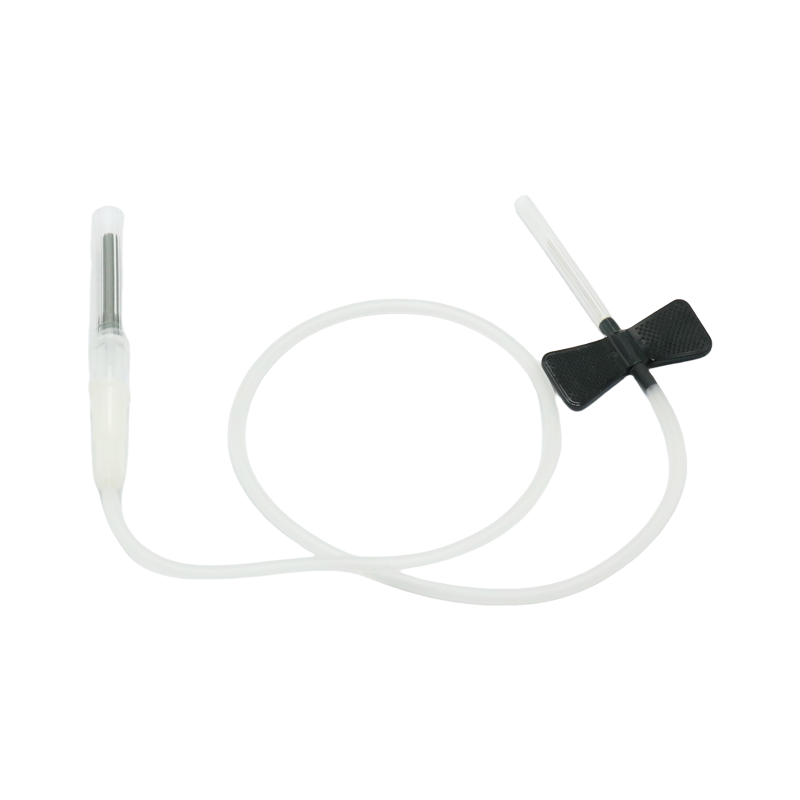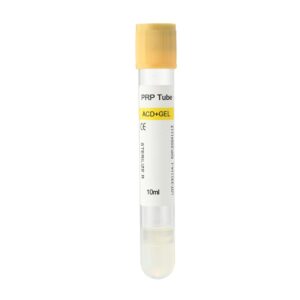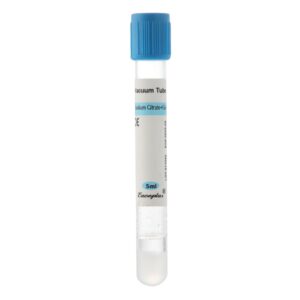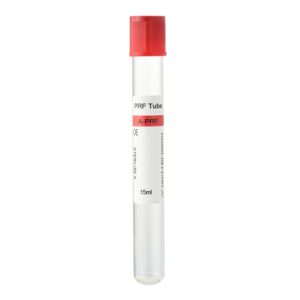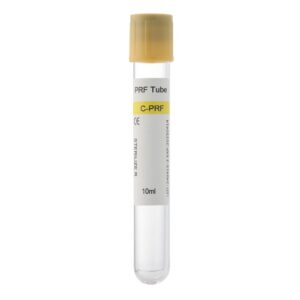A butterfly needle, also known as a winged infusion set, is a medical device commonly used for venipuncture. It gets its name from the “wings” on either side of the needle, which resemble butterfly wings. This design allows for greater precision and control during procedures, making it especially useful for patients with difficult-to-access veins, such as children, the elderly, or those with fragile veins.
Structure of a Butterfly Needle
A butterfly needle typically consists of the following components:
- Needle: The needle is fine and usually ranges between 21 to 25 gauge, reducing discomfort and pain during insertion. Manufacturers make it from high-quality stainless steel for durability and strength.
- Wing Design: The flexible “wings” on either side of the needle provide a secure grip, allowing healthcare providers to insert the needle with better control and stability, minimizing the risk of slippage.
- Tubing: A flexible plastic tube connects the needle to the collection device or IV setup. This tubing allows easy manipulation of the needle’s angle and reduces pressure during insertion.
- Safety Lock: Some butterfly needles come equipped with a safety mechanism that locks the needle after use, preventing accidental needle sticks and reducing the risk of injury to healthcare personnel.
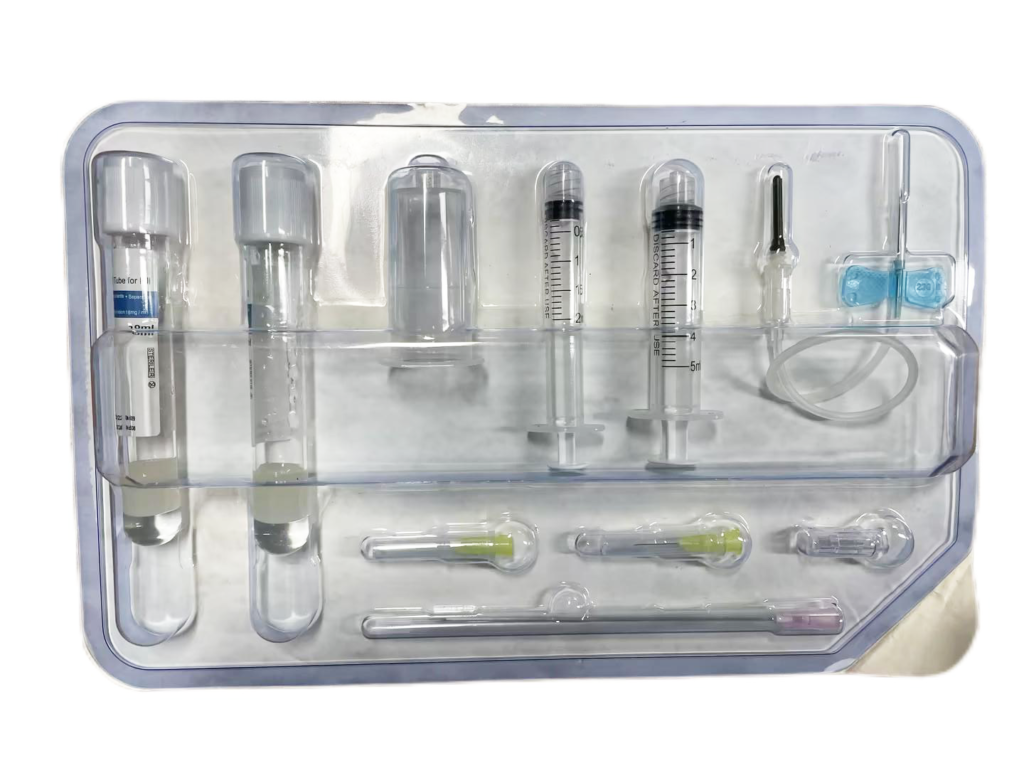
Common Uses of Butterfly Needles
Due to their design and ease of use, medical professionals frequently employ butterfly needles in various procedures, particularly when they require precise venipuncture. Some of the most common uses include:
- Blood Collection: One of the most frequent applications of a butterfly needle is drawing blood. Its fine gauge and flexible design make it ideal for patients with fragile or difficult-to-locate veins, such as elderly individuals, children, or those requiring frequent blood tests.
- Intravenous Therapy: Healthcare providers also commonly use butterfly needles for IV therapy. Their flexibility and small size help reduce discomfort, while the tubing design allows for easier adjustments and a steady infusion process during prolonged treatments.
- Chemotherapy: For cancer patients undergoing chemotherapy, butterfly needles offer a more comfortable option. The thin needle reduces discomfort during repeated insertions while ensuring the precise delivery of medication.
- Dialysis: In dialysis treatment, butterfly needles connect the dialysis machine to the patient’s veins, facilitating the efficient removal and return of blood.
Advantages of Butterfly Needles
Compared to traditional needles, butterfly needles offer several advantages that make them a preferred choice in many medical settings:
- Greater Precision: The fine gauge and flexible tubing of butterfly needles allow healthcare providers to accurately access veins, reducing the risk of failed insertions.
- Increased Comfort: The smaller needle size and stable winged design significantly minimize patient discomfort, especially during prolonged use or frequent procedures.
- Ease of Use: The “wings” make it easier to grip and position the needle, providing greater control for the healthcare provider and reducing the likelihood of accidental dislodgement.
- Wide Applicability: Butterfly needles are particularly beneficial for patients with delicate veins, such as the elderly, children, or those undergoing long-term venous access treatments, providing a reliable option for venipuncture in challenging cases.
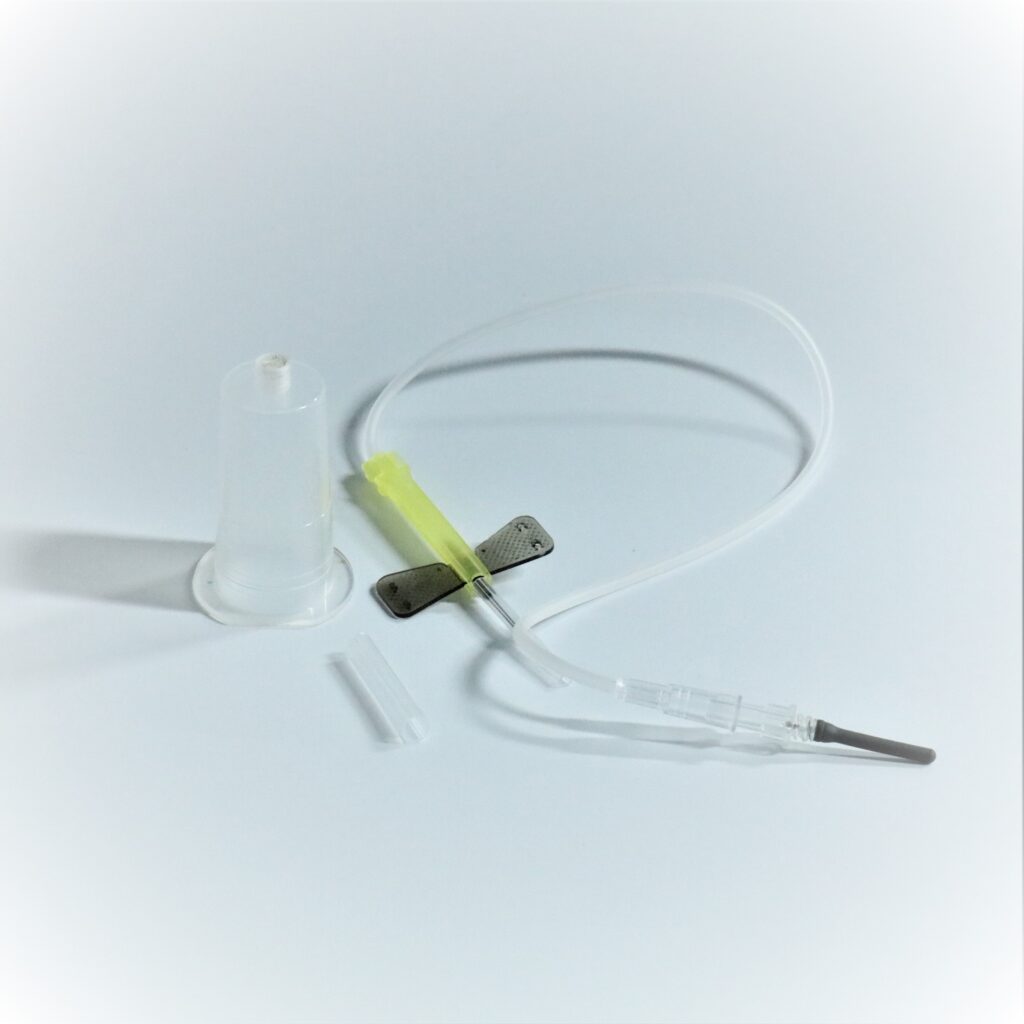
Safe Usage of Butterfly Needles
To ensure safe and effective use of butterfly needles, healthcare providers should follow these guidelines:
- Choose the Right Gauge: Select the appropriate needle gauge based on the patient’s vein condition to avoid unnecessary trauma from too large or too small needles.
- Maintain Sterility: Always ensure proper sterilization of the needle and the insertion site to prevent infection or cross-contamination.
- Insert at the Correct Angle: The needle should be inserted at an angle of 15 to 30 degrees to ensure smooth venous entry and minimize discomfort.
- Proper Disposal: After use, butterfly needles should be safely disposed of in designated sharps containers to prevent accidental needle sticks and ensure the safety of medical staff.
Conclusion
The butterfly needle is a well-designed medical tool that enhances the safety and accuracy of venipuncture procedures. Whether for routine blood draws or more complex intravenous therapies, its precise design helps healthcare providers deliver efficient care with reduced discomfort for the patient.
Proper understanding and use of the butterfly needle ensure a better patient experience and also help prevent potential complications from improper handling. By mastering this device, healthcare professionals can enhance service quality while ensuring safety in clinical settings.

